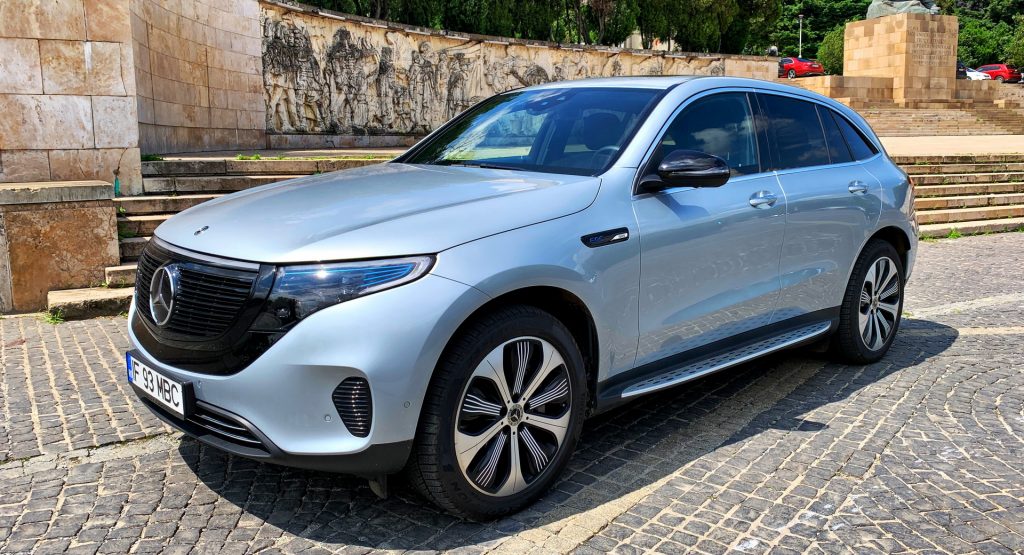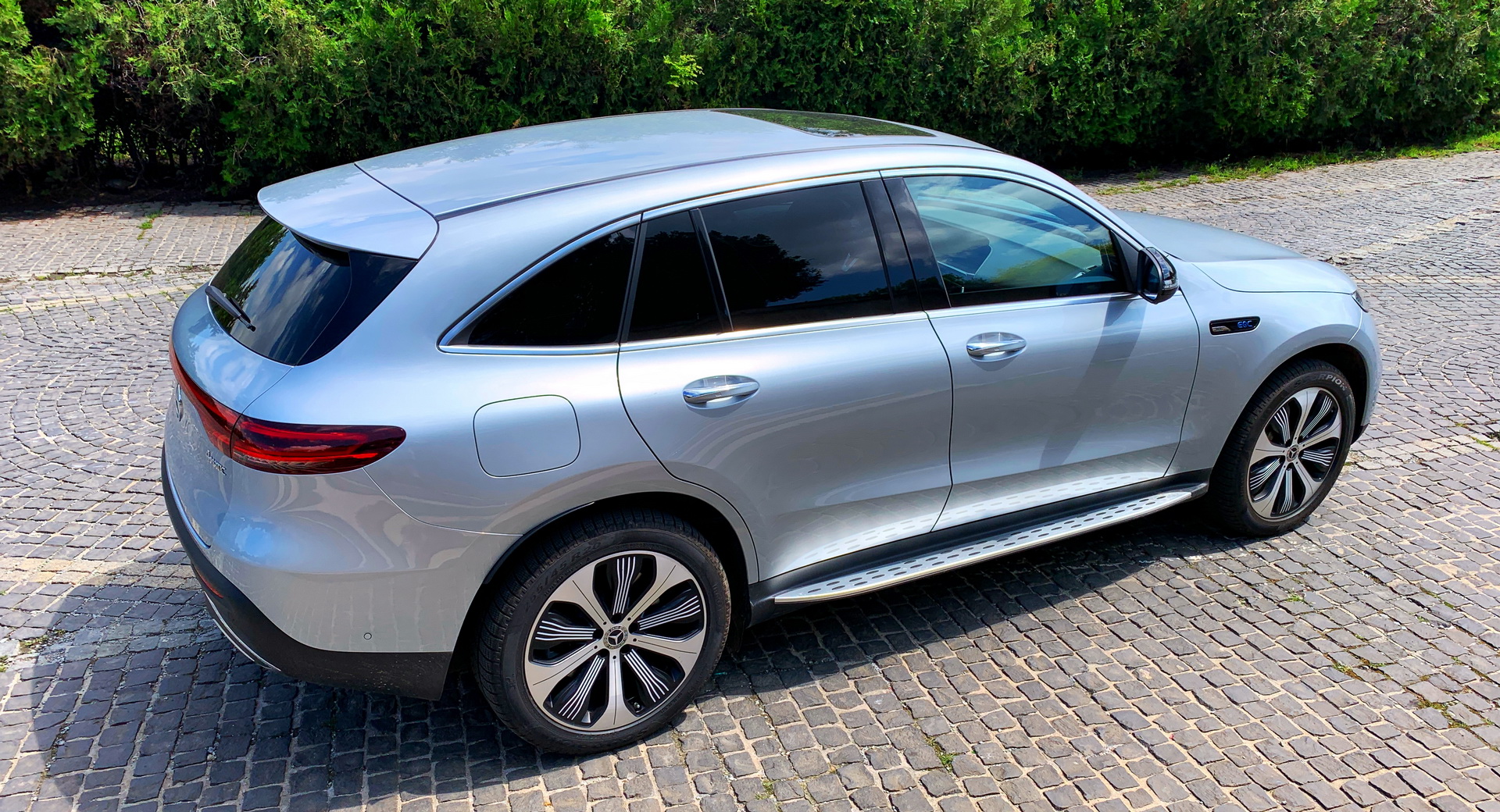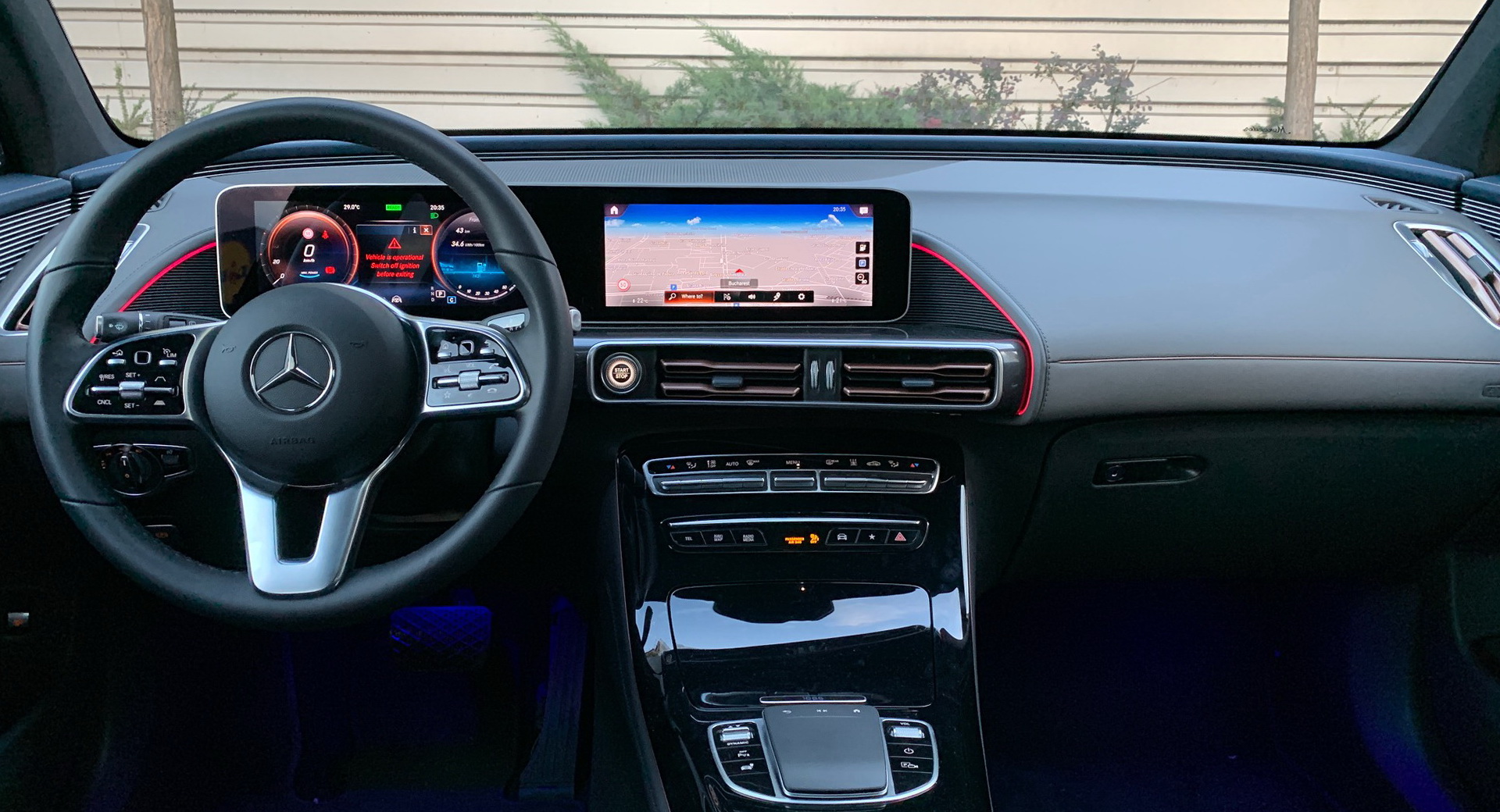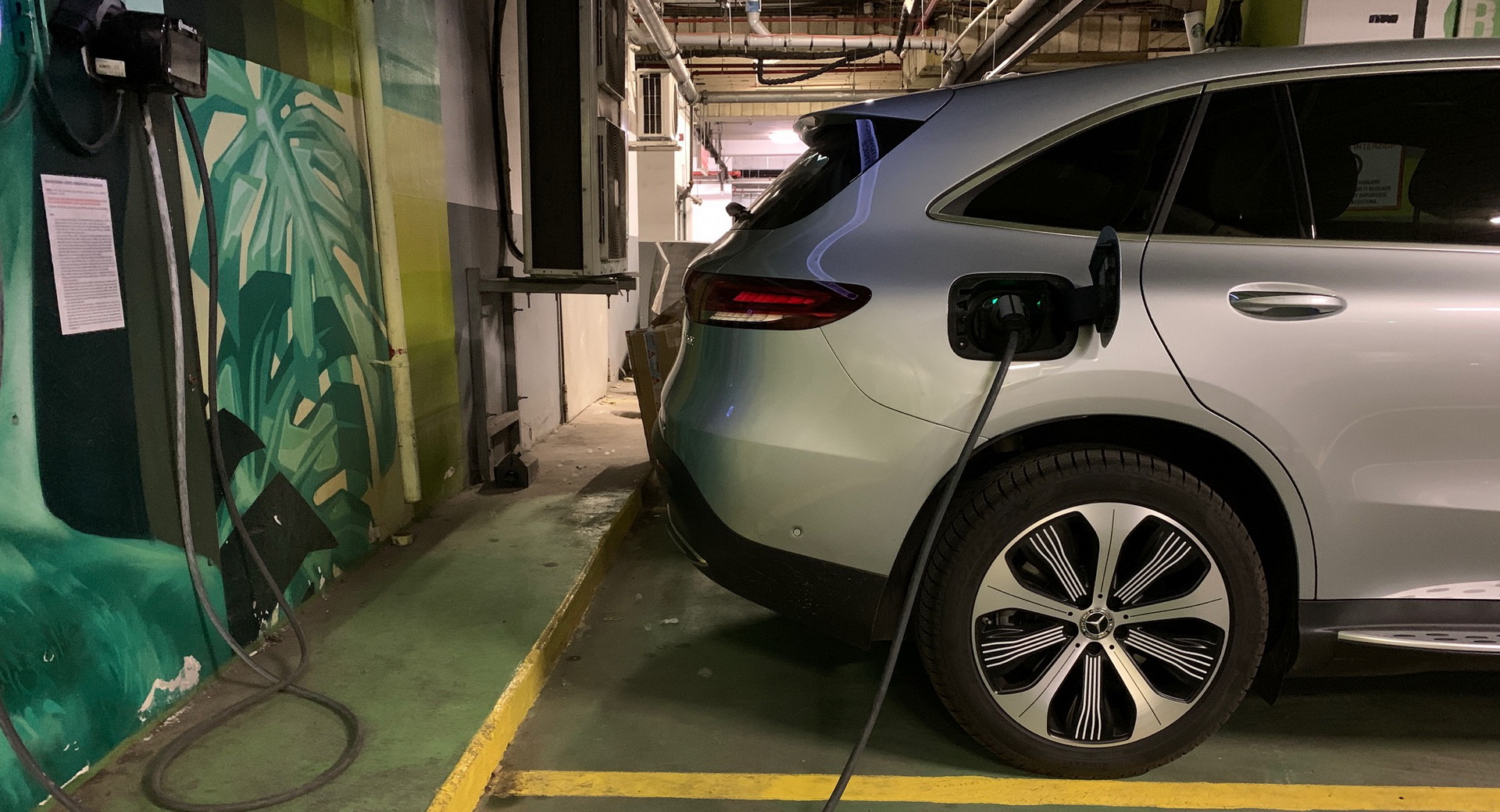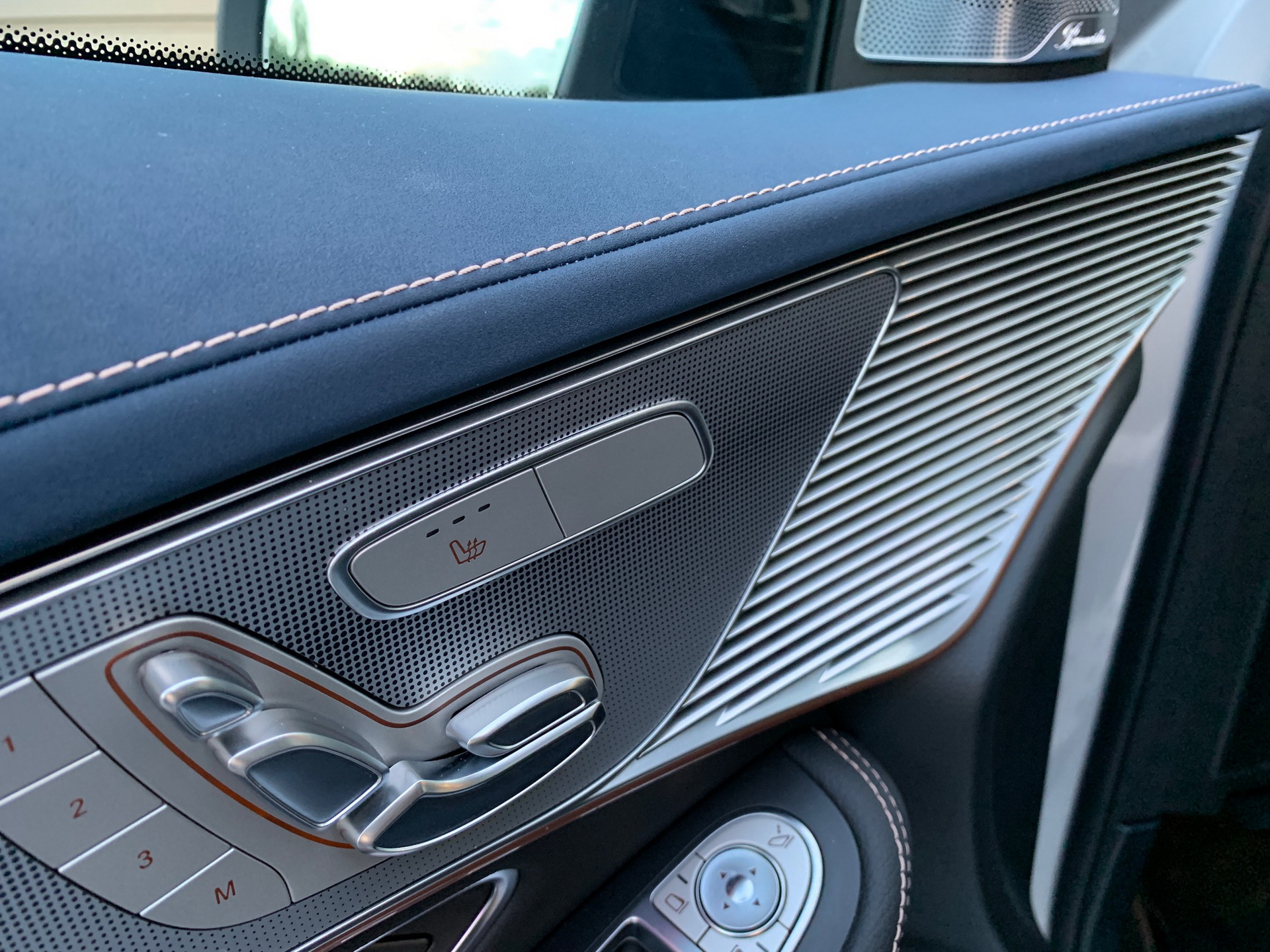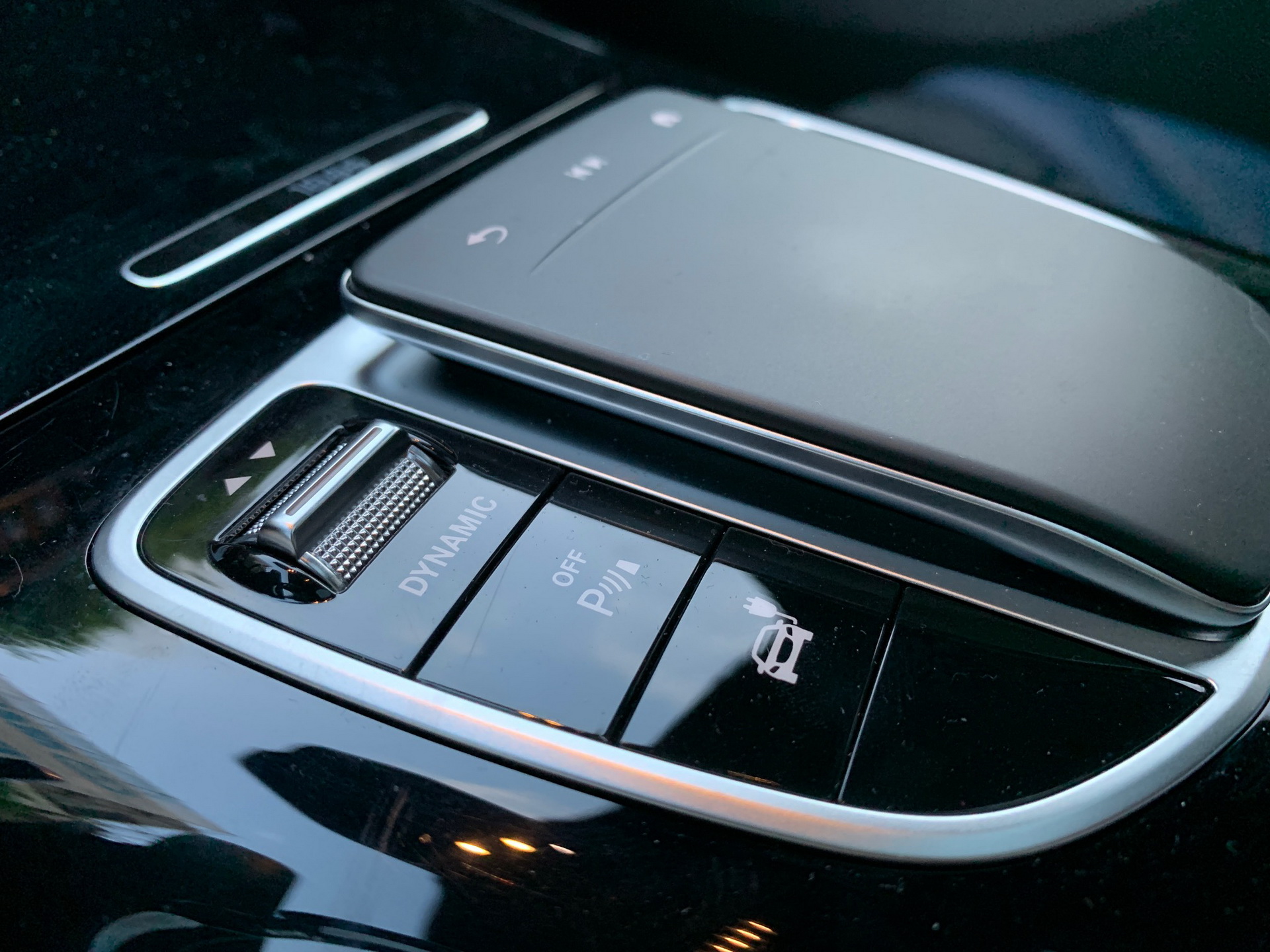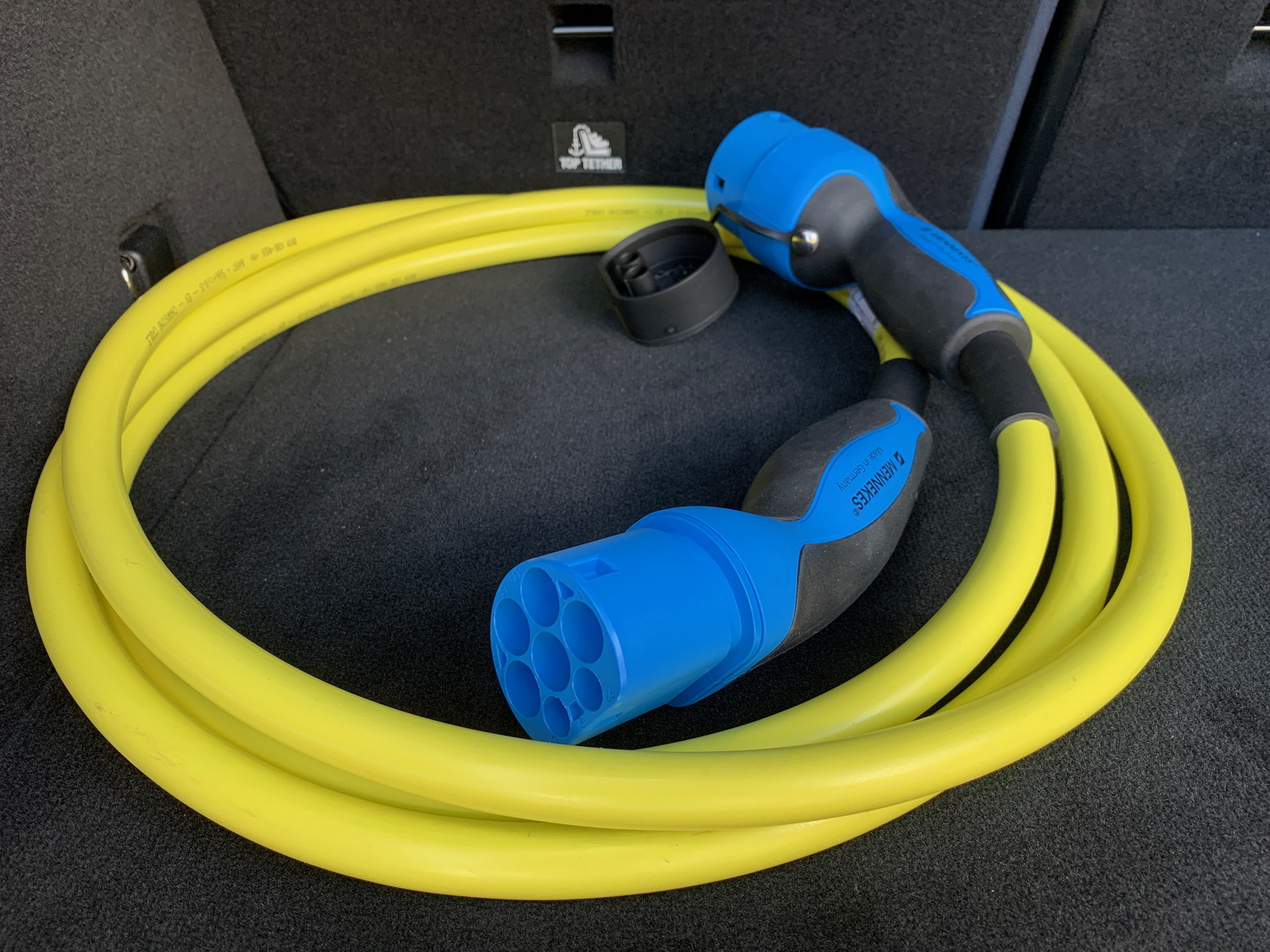People scouring the market for fully electric SUVs with premium badges have a host of new models to choose from. There’s the Tesla Model X and Y, the Audi e-tron and e-tron Sportback, Volvo’s XC40 Recharge, the Jaguar I-PACE and the Mercedes EQC, with BMW prepping its own iX3 for later this year.
Mercedes’ offering is a pretty strong one overall. The EQC 400 is a robust package, with a modern exterior and a terrific drivetrain.
The EQC runs on a modified GLC platform, boasting the same wheelbase and overall dimensions as the latter. It doesn’t really drive like a GLC though – but more on that later.
Read Also: 2021 Mercedes EQS Is Shaping Up To Become A Sleek Porsche Taycan Rival
As far as its appearance is concerned, the EQC is not particularly imposing, but it does look like something that “just came out” and people seem to respond to that. It’s also reasonably practical, so it should fulfill its duties as a family car well enough, unless you need something bigger like a seven-seater.
It could do with a bit more leg room at the back, but the same can be said about many other compact crossovers. Besides, this often depends on your driving position and the height of your rear seat passengers.
Speaking of practicality, you get 500 liters’ (17.6 cu.ft) worth of trunk space, and there isn’t much of a clearance either, so you should be able to slide your items into the back of the EQC easily enough. With the rear seats folded, you end up with 1,460 liters (51.5 cu.ft), falling short of the GLC’s 1,600 liters (56.5 cu.ft).
The fact that it doesn’t have a frunk was a bit of a letdown though, but only by EV standards.
Does it feel as expensive as it is?
Yes and no. The cabin of the EQC looks terrific, especially with those rose gold vents and all its other styling traits. Even that weird material that covers the dashboard (it’s not leather) is quite tactile and pleasant to touch. I especially liked the door panel design, which is very concept-ish and avant-garde.
For some reason though, the two 10.25-inch displays felt a little small visually. This could be due to the wrap-around styling of the dashboard, or maybe the fact that we’re already spoiled for choice when it comes to car screens and how giant they’ve become.
Now, there are a couple of disappointing bits inside the EQC, such as the central air vent area plastics, which feel rubbery. You can actually jiggle that entire middle console around with your hands. It’s not horrible, it’s just that you don’t really expect to see flimsy plastics in a $70,000 car. Same for the center tunnel, which has a bit of a wiggle to it – not that you’ll be pushing and pulling on it while driving, but still.
So if, for one moment, you set aside the fact that this is a fully electric car, you’re left with partly-GLC levels of interior quality for GLS money. It’s a good thing not everyone is going to see things this way.
Other than that, this is a really well-equipped car. You get the latest MBUX software, loads of driver assistance systems and, in our case, Mercedes’ Augmented Reality sat-nav option, which is nice but at the end of the day is more of a gimmick. Personally, I’d rather have a head-up display, which our test car didn’t feature.
Crazy-fast acceleration, right?
Up to a point, yes, it’s remarkably quick, just like any sufficiently-powerful electric car. However, it’s nowhere near as impressive as a Model X Performance, as the latter is literally twice as fast to hit 60 mph (96 km/h) from a standstill.
However, if you’re just counting to 40 or 50 mph (64-80 km/h), then you’ll beyond delighted with the EQC 400. It pulls about as strong as an old E92 BMW M3, only with no delay. Then, between 50 mph and 60 mph there’s a slight drop in momentum that’s barely noticeable) – and this is where a more powerful drivetrain would have come in handy. Anyway, we’re nitpicking; the EQC 400 is more than quick enough for most people.
As for the powertrain, you’ve got a 80 kWh lithium battery pack feeding a pair of front and rear electric motors. Altogether, this setup gives the EQC a combined output of 300 kW (402 HP / 408 PS) and 561 lb-ft (760 Nm) of torque, which on paper gets you to 60 mph in 4.8 seconds and on to a top speed of 112 mph (180 km/h).
Aside from being a very quick compact SUV, the EQC also manages to drive better than the GLC on average (not counting the AMG variants). First of all, it’s a lot heavier (5,346 lbs / 2,425 kg) and thus feels more planted both in the corners as well as at highway speeds – the lower center of gravity certainly helps with that. Steering feel is pretty good too for this type of vehicle.
What about range and charging time?
This is where it gets a bit tricky. It really depends on where you live and what type of EV infrastructure you have access to. In the U.S. and across western Europe, EV ownership can be quite stress free, but if you live somewhere with not necessarily few charging stations, but a lack of fast chargers, then you’ll pretty much have to plan your schedule around your EQC’s charge cycles.
Thankfully Mercedes also sells a Wallbox, which you can install in your garage for easy overnight charging. But overall, 110 kW fast charging is key, since it can give you an 80% charge in roughly 40 minutes. Meanwhile, a 240 V wallbox will charge the battery from 10 to 100% in 10 hours or so.
As for the range, Mercedes claims the EQC 400 can do an EPA-estimated 220 miles (354 km) / 259 miles (417 km) on a single charge, but we’re here to tell that all those numbers are pretty much hypothetical. You could probably get close to 220 miles, but it would have to be under perfect conditions. If, however, you want to enjoy the car’s potent acceleration, this will take a bite out of the range every time you floor the throttle.
For instance, during one short 5 mile (8 km) drive in the city, which took 23 minutes and included a few sudden bursts of acceleration, we averaged 37.7 kWh/100 km, which is… not great.
Pricing & verdict
Government incentives aside, the EQC 400 will set you back upwards of $67,900 in the United States. Our test car did have a few nice options on it, which is why it ended up costing 89,987 euros here in Romania, the equivalent of $101,000. It normally wouldn’t be this expensive, even if you opt for things like the panoramic roof (1,000 euro), heated rear seats (325 euro), or the augmented reality sat-nav function (250 euro).
The reason this particular EQC was so expensive is the fact that it came with the Edition 1886 package, which adds the black panel radiator grille, metallic high-tech silver exterior, special EQC Edition 1886 lettering, 10-spoke 20-inch wheels, indigo blue and black leather/Dinamica microfibre combo for the interior, embroidered lettering for the seat backrests, Burmester sound system and more. At the end of the day though, this is an 8,120 euro ($9,120) option that you don’t really need, so just keep it simple.
As an overall package, the Mercedes EQC 400 makes for a pretty terrific family car. It drives really well, it’s fun and it’s zero emissions, which is obviously its raison d’etre.



